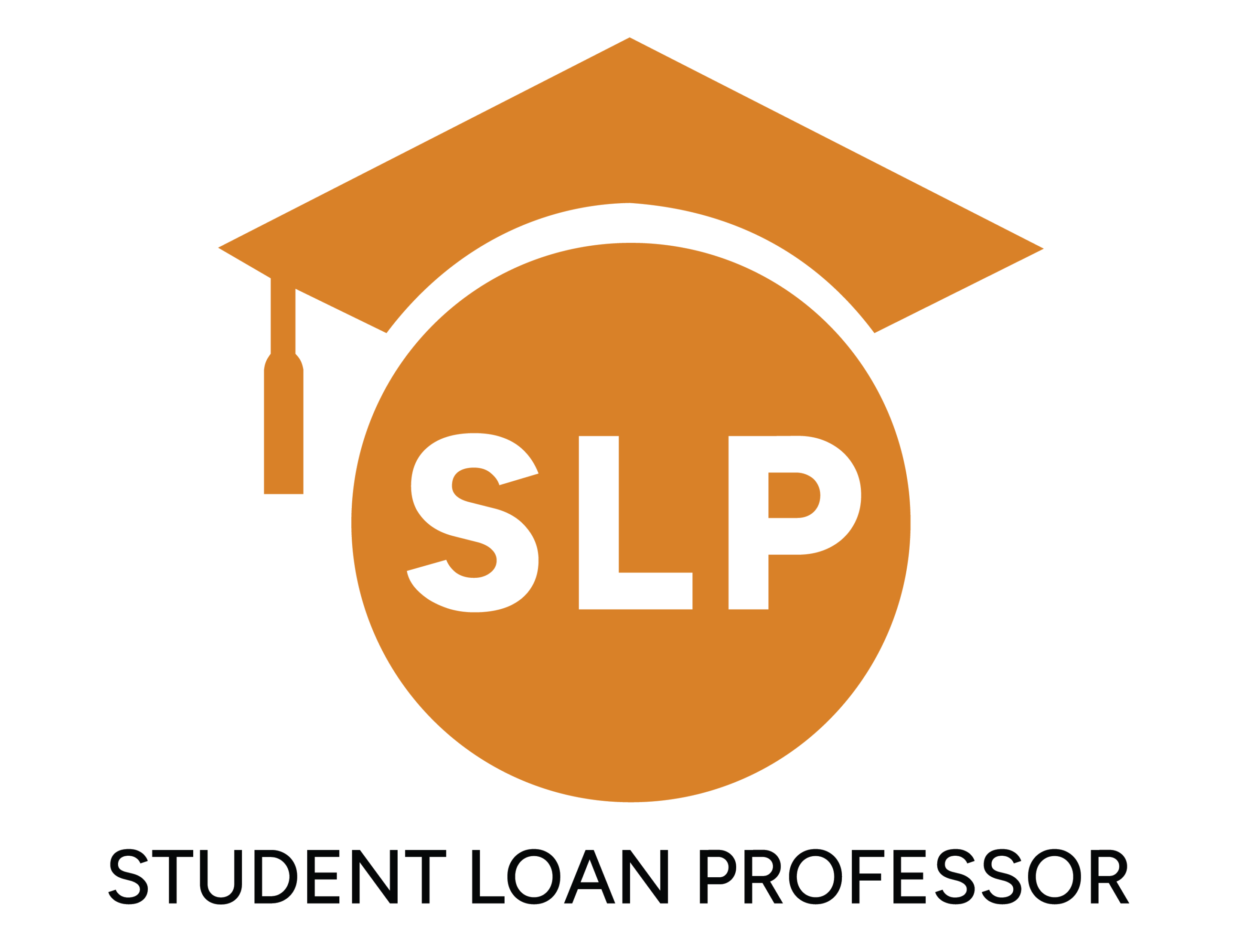Tax deductions allow taxpayers to lower their taxable income through specific eligible expenses, which helps to decrease the amount of tax owed.
For many individuals, student loans represent one of their largest financial commitments, often lasting well into their working years. Thankfully, the tax code provides some relief through the student loan interest deduction.
If you have a student loan or plan to get one, it’s important to understand how the student loan tax deduction works. This isn’t just about saving money; it’s about using the tax system effectively to reduce your educational expenses.
We explain more in the article; keep reading!
What Is Student Loan Tax Deduction?
The student loan tax deduction is a provision in tax law that allows borrowers to reduce their taxable income based on the amount of interest paid on qualified student loans during the tax year.
The maximum amount you can deduct is $2,500 annually. However, the actual deduction you qualify for depends on how much interest you paid and your income level.
Although these tax deductions seem beneficial, phase-out thresholds for single and married filers determine eligibility.
Does it Matter?
The student loan interest deduction offers a small but meaningful benefit to borrowers, helping them recover some of the costs associated with higher education. While it won’t eliminate the burden of student debt, it can make repayment a bit more manageable.
Who Qualifies for Student Loan Tax Deduction?
Unfortunately, not everyone repaying a student loan qualifies for the student loan interest tax deduction. Specific criteria must be met regarding the borrower, the loan, and the borrower’s income.
1. You Must Have Paid Interest on a Qualified Student Loan
There are several definitions of a qualified loan. In this case, it must have been used solely for qualified educational expenses, such as tuition, fees, books, supplies, or room and board.
The loan must be for you, your spouse, or a dependent who is enrolled at least half-time in a degree or recognized credential program.
2. The Loan Must Be From a Qualified Lender
The loan must come from a qualified financial institution, like a bank, credit union, or government entity. Loans from relatives or personal loans that are not specifically designated as student loans do not qualify
3. Income Requirements
For single filers, the deduction starts phasing out if your Modified Adjusted Gross Income (MAGI) exceeds $75,000 and is completely unavailable at $90,000.
For married filing jointly, the phase-out range is $155,000 to $185,000 MAGI.
Those with MAGI above these limits cannot claim the deduction regardless of how much interest they paid.
Suppose you’re a single filer with a MAGI of $75,000, and you paid $1,800 in student loan interest in a tax year. You meet the income and loan qualifications, so you can deduct the full $1,800 from your taxable income.
However, if your MAGI were $80,000, the deduction would be partially reduced due to the phase-out rule.
4. You Cannot Be Claimed as a Dependent
If someone else, like your parent or guardian, claims you as a dependent on their tax return, you’re not eligible to claim the student loan interest deduction, even if you paid the interest yourself.
5. Filing Status Restriction
The deduction is not available to taxpayers who file as “married filing separately.” Only single, head of household, or married filing jointly filers are eligible.
6. Repayment Requirement
The loan must be in repayment. Interest accrued but not paid (for instance, during deferment or forbearance) does not qualify for the deduction.
How to Calculate Your Tax Deduction
To better explain how to calculate your tax deduction, we will use a practical example.
Suppose you’re a single filer with a MAGI of $80,000 and paid $2,000 in student loan interest; here’s how to calculate your deduction.
Step 1: Determine How Much You Paid
Your loan servicer will provide a Form 1098-E (Student Loan Interest Statement) if you paid more than $600 in interest during the tax year.
Review the form for the exact amount of interest paid. If you paid less than $600, you may still qualify, but you’ll need to contact your lender directly for the total interest amount.
Step 2: Check the Maximum Deduction Limit
The deduction is capped at $2,500 per year, regardless of how much interest you paid. If your interest payments exceed this limit, only $2,500 can be deducted.
Step 3: Check Your MAGI and Calculate
We’ve already provided the MAGI phase-out threshold for both single and married filers. If your MAGI falls within the phase-out range, like in our example scenario, you’ll calculate a reduced deduction:
- Subtract the lower end of the phase-out range from your MAGI.
- Divide the result by $15,000 (for single filers) and $30,000 (for joint filers).
- Multiply the percentage by the interest paid (up to $2,500) to determine the disallowed amount.
- Subtract the disallowed amount from $2,500 to get your allowable deduction.
Based on our example, let’s calculate the allowable deduction for the filer.
- Phase-out range: $75,000 to $90,000
- Calculate the excess MAGI: $80,000 – $75,000 = $5,000
- Determine the reduction percentage: ($5,000 ÷ $15,000) × 100 = 33.33%
- Calculate the disallowed deduction: 33.33% × $2,000 = $666.60
- Allowable deduction: $2,000 – $666.60 = $1,333.40
Step 4: Claim the Deduction on Your Tax Return
Report the allowable deduction on Schedule 1 of Form 1040 under “Adjustments to Income.”
Attach your completed tax return along with any necessary forms or supporting documents, such as Form 1098-E.
Tax Filing Tips for Claiming Deductions
To add to what you’ve already learned, here are a few tips you can keep in mind when filing to claim deductions.
- Always remember to choose the right filing status. Making a mistake such as filing as “married filing separately” can result in disallowed deductions.
- Use tax software for accuracy. They can automate the deduction calculation and ensure that phase-out adjustments are applied correctly.
- Maintain copies of Form 1098-E, loan agreements, and payment records for at least three years in case of an IRS audit.
- Organize documents to easily verify that the loan qualifies and was used for educational expenses.
- If eligible for multiple education-related tax breaks, compare options and choose the deduction that provides more financial benefit.
For instance, the student loan interest deduction reduces taxable income, while credits like the American Opportunity Tax Credit (AOTC) directly reduce your tax bill.
SAVE Plan: Current Challenges and Future Uncertainty
As of this writing, the SAVE (Saving on a Valuable Education) program has faced significant political opposition and legal challenges. The program is currently blocked in the courts and may be repealed under the Trump administration or in subsequent political shifts.
Borrowers relying on SAVE or considering it as an option should closely monitor ongoing developments. These challenges could lead to delays in implementation or the elimination of the program altogether.
💡 Tip: Regularly check updates from reliable sources like the Department of Education and consult with a financial advisor to explore alternatives if the SAVE plan is repealed.
A Note on IDR Programs: Stay Proactive Amid Uncertainty
Income-Driven Repayment (IDR) plans, including the SAVE program, are under increased scrutiny by both lawmakers and the courts. Over the next two years, we may witness significant changes or even a complete overhaul of these programs.
For borrowers utilizing IDR plans, staying informed is crucial. Reassess your repayment plan annually to ensure you remain on the most beneficial option available, especially in light of potential program changes. Consulting with a student loan expert can help you navigate these shifts and make informed decisions.
Explore More Resources
You can learn more about student loan interest deduction on the IRS website. Topic No. 456 – Student Loan Interest Deduction offers comprehensive information.
The US Department of Education’s Federal Student Aid office offers insights into tax benefits related to education. Their page on Tax Benefits for Higher Education outlines various deductions and credits available to students and their families.
For more practical advice and up-to-date information, Student Loan Professor can be your go-to resource. We cover various aspects of student loans, offering guidance to help you manage your educational financing.
Brandon Barfield is the President and Co-Founder of Student Loan Professor, and is nationally known as student loan expert for graduate health professions. Since 2011, Brandon has given hundreds of loan repayment presentations for schools, hospitals, and medical conferences across the country. With his diverse background in financial aid, financial planning and student loan advisory, Brandon has a broad understanding of the intricacies surrounding student loans, loan repayment strategies, and how they should be considered when graduates make other financial decisions.



